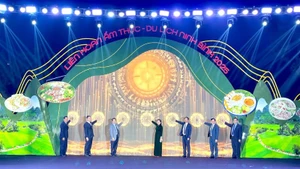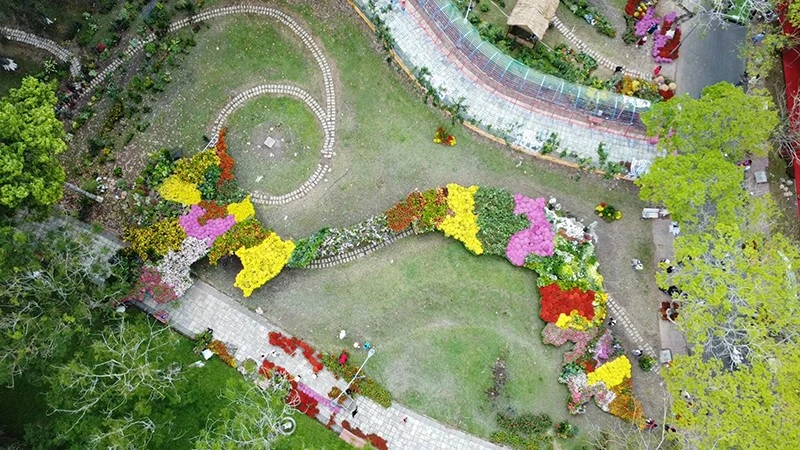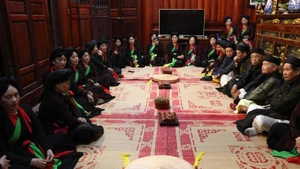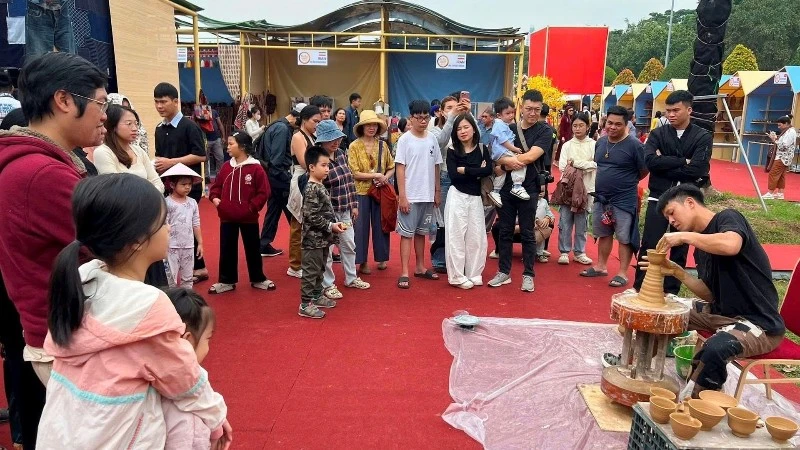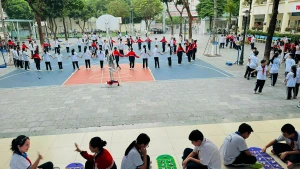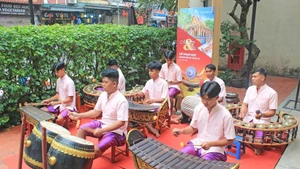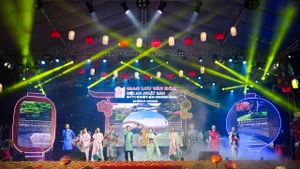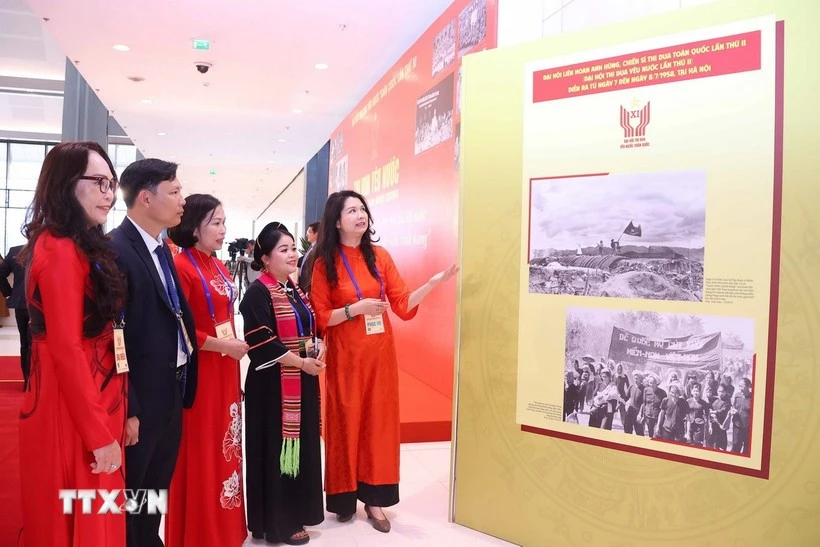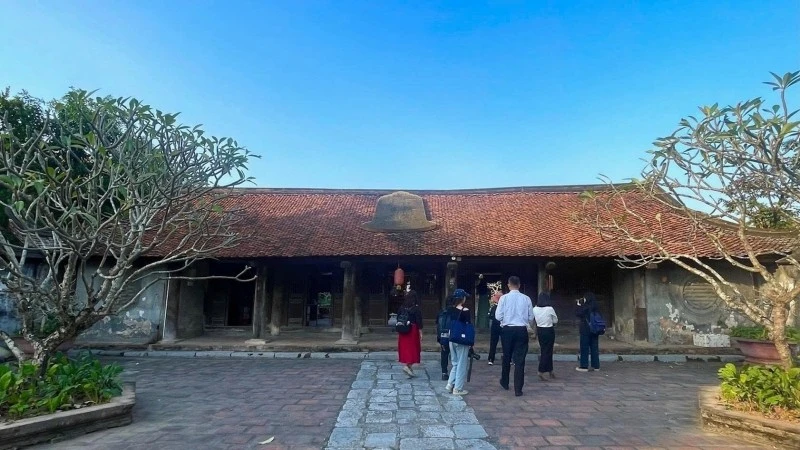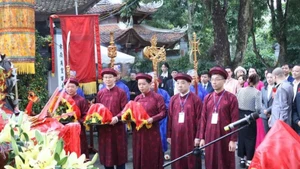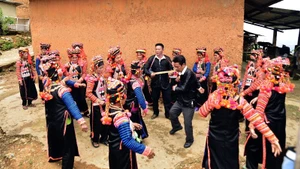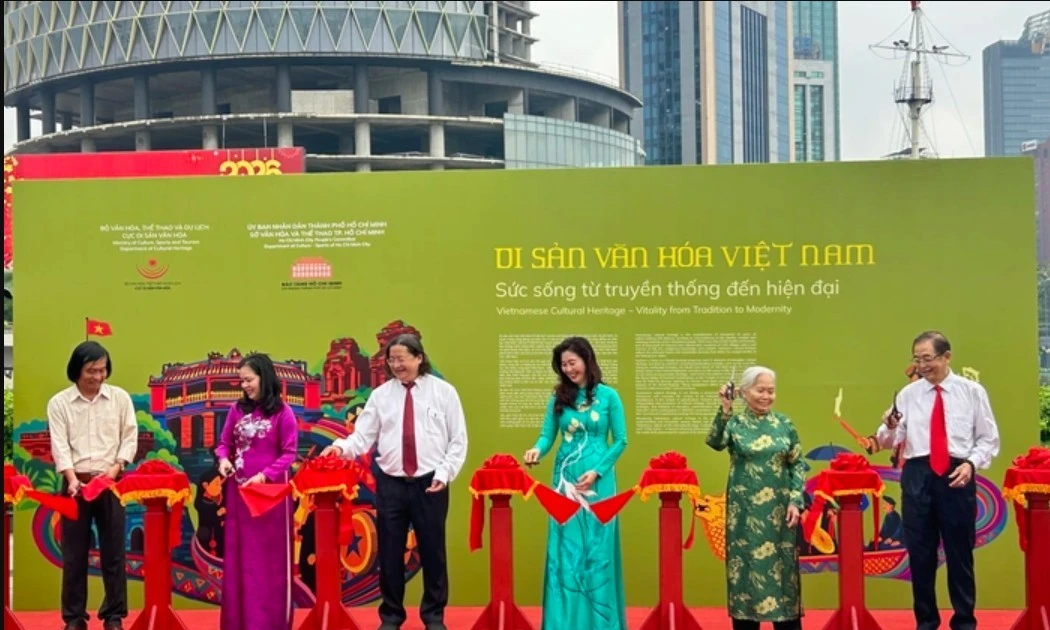Located on the banks of the ancient Dau River in Thuan Thanh town, Bac Ninh province, Luy Lau used to be a major political, economic, commercial, cultural, and religious centre, as well as one of the largest urban areas in northern Viet Nam during the first ten centuries AD. It also played a key role in the spread of Buddhism and regional governance.
Archaeological investigations have revealed a rich and diverse array of relics and artefacts, attracting significant attention from both domestic and international researchers.
Since 2012, the Viet Nam National Museum of History, Bac Ninh Provincial Department of Culture, Sports and Tourism, and Dong-A University have conducted eight excavations along with numerous field surveys to the site, particularly its inner area and outer wall areas.
These efforts have brought about new findings clarifying the citadel’s changing scale, construction phases, architectural remains, residential traces, and outer moats. Notably, more than 2,300 bronze drum casting moulds were discovered.
The collaborative research has contributed to providing new insights into the cultural, historical, and architectural value of Luy Lau Citadel.
To further explore the mysteries beneath the citadel and promote international academic cooperation, the Viet Nam National Museum of History and Dong-A University signed a third-phase cooperation agreement for 2024–2029 period.
Most recently, from March 25 to the end of April 2025, archaeologists excavated a 76-square-meter area along the western wall of the citadel.
The excavations were led by Professor Huang Xiao-Fen from Dong-A University and Le Van Chien from the Viet Nam National Museum of History.
During the excavation, valuable architectural remains were uncovered, including architectural foundation built with gray-blue rectangular bricks along the citadel wall towards the Dau River.
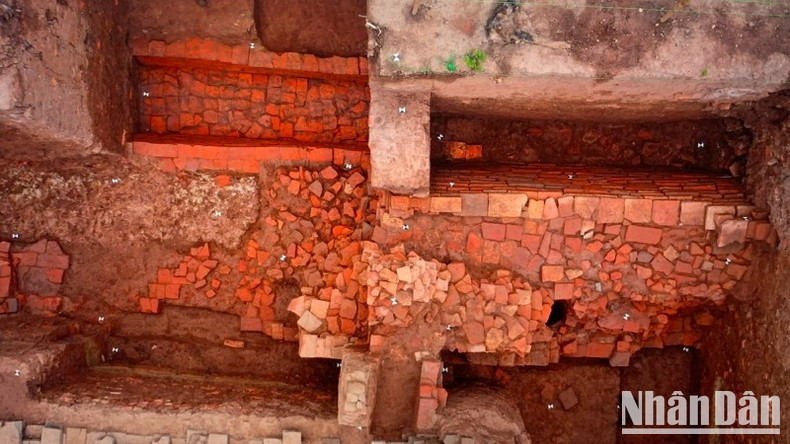 |
| The ancient bricks unearthed during the excavation were reused from earlier structures dating from the 1st to 5th centuries |
The foundation measures about 3.3 metres long with double walls 40 cm thick, preserving up to eight layers of bricks in some sections. The western side of the foundation features stepped flat surfaces, demonstrating the ancient inhabitants’ solid and sophisticated construction techniques.
Scientists also found that the bricks, reused from earlier structures dating from the 1st to 5th centuries, show building methods similar to those used in at Hoa Lai Tower (Ninh Thuan Province).
Based on stratigraphy and materials, archaeologists assume that this wall segment dated to the 5th century.
The artefacts recovered during the excavations are diverse, including rectangular bricks, grapefruit-segment-shaped bricks, and patterned decorated motifs such as diamond-shaped grids, concentric circles, and pale yellow, red, and bluish-green “S” shapes.
There are also fragments of household items made from terracotta, stoneware, and glazed ceramics, including bowls, plates, jars, and pots.
Some bricks bear ancient Chinese characters, providing valuable evidence for determining the dating and the cultural and political context of this citadel.
According to Le Van Chien, these excavation results significantly enhance understanding of Luy Lau ancient citadel’s construction, existence, transformation, and dating in general, and the building of its western wall in particular.
He suggested that relevant agencies and local authorities should promptly devise plans to protect the site’s current condition and organise on-site exhibitions to promote Luy Lau’s unique historical and cultural values to the public and international friends.

